Formula MgCO3 Melting point 540 °C | Molar mass 84.3139 g/mol Density 2.96 g/cm³ | |
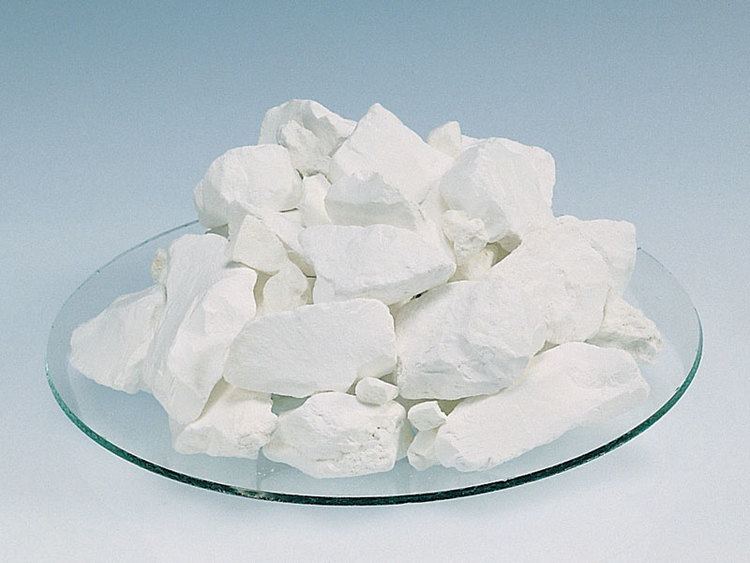 | ||
Appearance white solid
hygroscopic Related compounds | ||
How to make magnesium carbonate at home
Magnesium carbonate, MgCO3 (archaic name magnesia alba), is an inorganic salt that is a white solid. Several hydrated and basic forms of magnesium carbonate also exist as minerals.
Contents
- How to make magnesium carbonate at home
- Make magnesium carbonate and sodium sulfate
- Forms
- Preparation
- With acids
- Decomposition
- Uses
- Safety
- Compendial status
- References
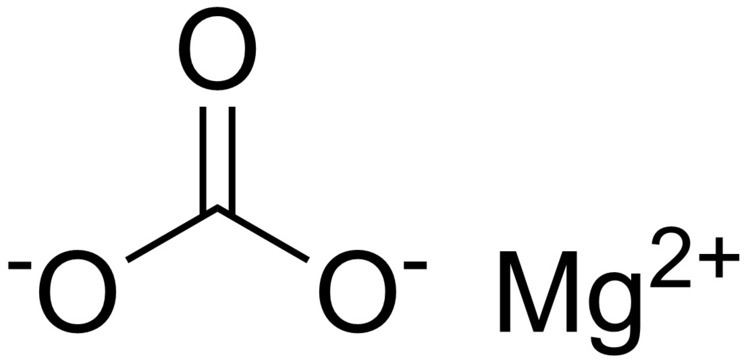
Make magnesium carbonate and sodium sulfate
Forms
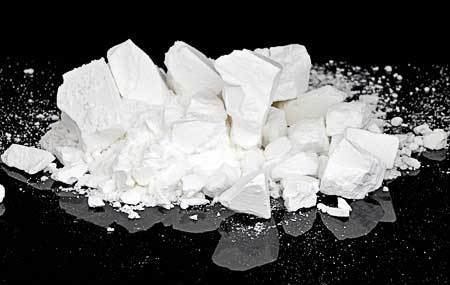
The most common magnesium carbonate forms are the anhydrous salt called magnesite (MgCO3) and the di, tri, and pentahydrates known as barringtonite (MgCO3·2 H2O), nesquehonite (MgCO3·3 H2O), and lansfordite (MgCO3·5 H2O), respectively. Some basic forms such as artinite (MgCO3·Mg(OH)2·3 H2O), hydromagnesite (4 MgCO3·Mg(OH)2·4 H2O), and dypingite (4 MgCO3· Mg(OH)2·5 H2O) also occur as minerals.
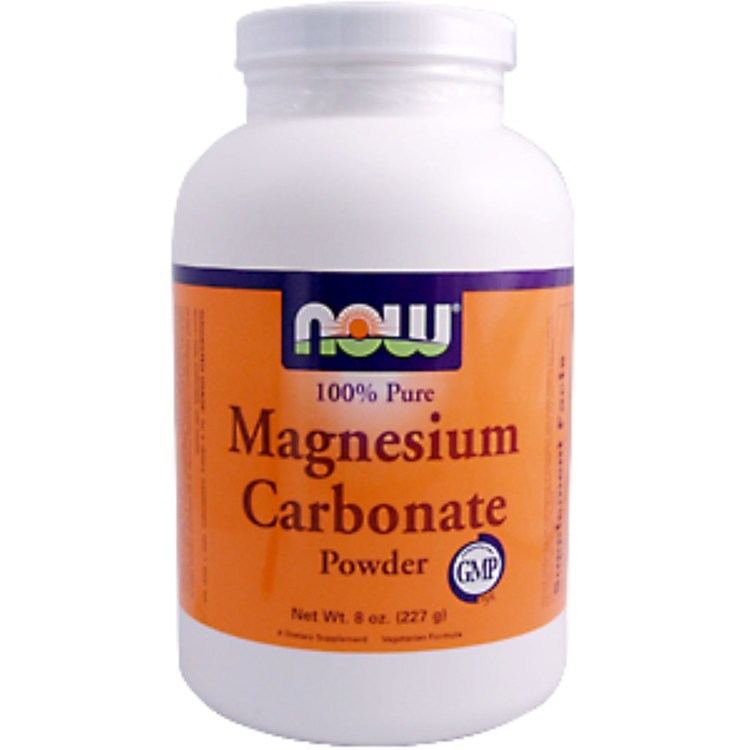
Magnesite consists of white trigonal crystals. The anhydrous salt is practically insoluble in water, acetone, and ammonia. All forms of magnesium carbonate react in acids. Magnesium carbonate crystallizes in the calcite structure where in Mg2+ is surrounded by six oxygen atoms. The dihydrate one has a triclinic structure, while the trihydrate has a monoclinic structure.
References to 'light' and 'heavy' magnesium carbonates actually refer to the magnesium hydroxy carbonates hydromagnesite and dypingite (respectively).
Preparation
Magnesium carbonate is ordinarily obtained by mining the mineral magnesite.
Magnesium carbonate can be prepared in laboratory by reaction between any soluble magnesium salt and sodium bicarbonate:
MgCl2(aq) + 2NaHCO3(aq) → MgCO3(s) + 2NaCl(aq) + H2O(l) + CO2(g)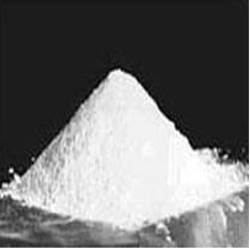
If magnesium chloride (or sulfate) is treated with aqueous sodium carbonate, a precipitate of basic magnesium carbonate—a hydrated complex of magnesium carbonate and magnesium hydroxide—rather than magnesium carbonate itself is formed:
5MgCl2(aq) + 5Na2CO3(aq) + 5H2O(l) → Mg(OH)2·3MgCO3·3H2O(s) + Mg(HCO3)2(aq) + 10NaCl(aq)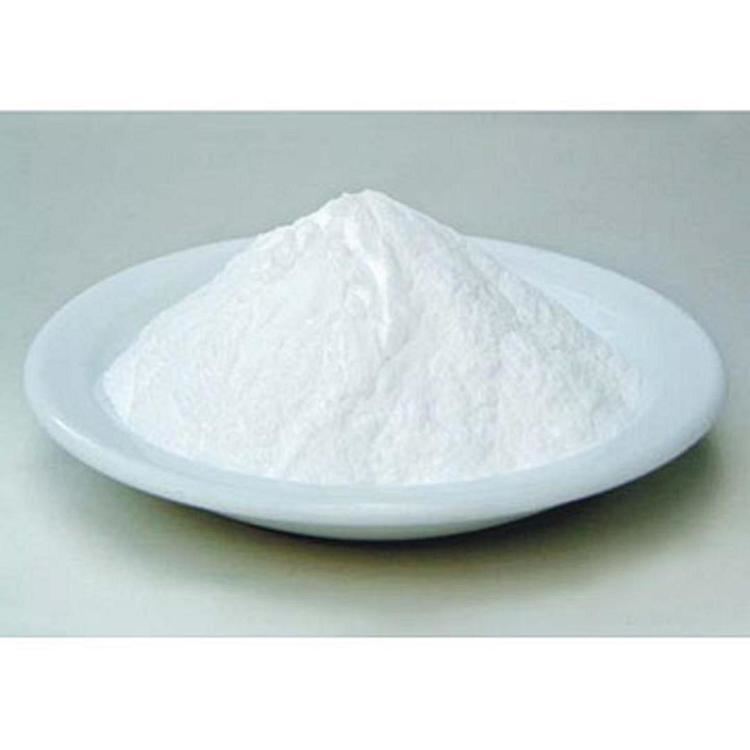
High purity industrial routes include a path through magnesium bicarbonate, which can be formed by combining a slurry of magnesium hydroxide and carbon dioxide at high pressure and moderate temperature. The bicarbonate is then vacuum dried, causing it to lose carbon dioxide and a molecule of water:
Mg(OH)2 + 2 CO2 → Mg(HCO3)2 Mg(HCO3)2 → MgCO3 + CO2 + H2OWith acids
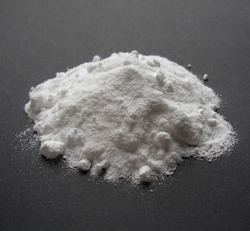
Like many common group 2 metal carbonates, magnesium carbonate reacts with aqueous acids to release carbon dioxide and water:
MgCO3 + 2 HCl → MgCl2 + CO2 + H2O MgCO3 + H2SO4 → MgSO4 + CO2 + H2ODecomposition
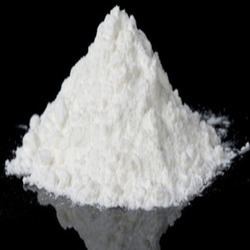
At high temperatures MgCO3 decomposes to magnesium oxide and carbon dioxide. This process is important in the production of magnesium oxide. This process is called calcining:
MgCO3 → MgO + CO2 (ΔH = +118 kJ/mol)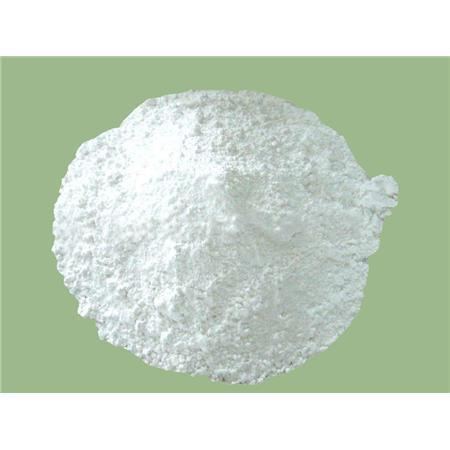
The decomposition temperature is given as 350 °C (662 °F). However, calcination to the oxide is generally not considered complete below 900 °C due to interfering readsorption of liberated carbon dioxide.
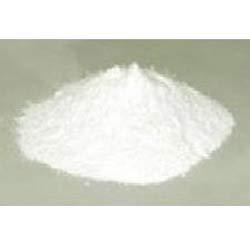
It is also interesting to note that the hydrates of the salts lose water at different temperatures during decomposition. For example in the trihydrate, which molecular formula may be written as Mg(HCO3)(OH)•2(H2O), the dehydration steps occur at 157 °C and 179 °C as follows:
Mg(HCO3)(OH)•2(H2O) → Mg(HCO3)(OH)•(H2O) + H2O at 157 °C Mg(HCO3)(OH)•(H2O) → Mg(HCO3)(OH) + H2O at 179 °CUses
The primary use of magnesium carbonate is the production of magnesium oxide by calcining. Magnesite and dolomite minerals are used to produce refractory bricks. MgCO3 is also used in flooring, fireproofing, fire extinguishing compositions, cosmetics, dusting powder, and toothpaste. Other applications are as filler material, smoke suppressant in plastics, a reinforcing agent in neoprene rubber, a drying agent, a laxative to loosen the bowels, and color retention in foods. In addition, high purity magnesium carbonate is used as antacid and as an additive in table salt to keep it free flowing.
Because of its water-insoluble, hygroscopic properties MgCO3 was first added to salt in 1911 to make the salt flow more freely. The Morton Salt company adopted the slogan "When it rains it pours" in reference to the fact that its MgCO3-containing salt would not stick together in humid weather. Magnesium carbonate, most often referred to as 'chalk', is used as a drying agent for hands in rock climbing, gymnastics, and weight lifting.
As a food additive magnesium carbonate is known as E504, for which the only known side effect is that it may work as a laxative in high concentrations.
Magnesium carbonate is also used in taxidermy for whitening skulls. It can be mixed with hydrogen peroxide to create a paste, which is then spread on the skull to give it a white finish.
As a matte white coating for projection screens.
Safety
Magnesium carbonate is non-toxic.
